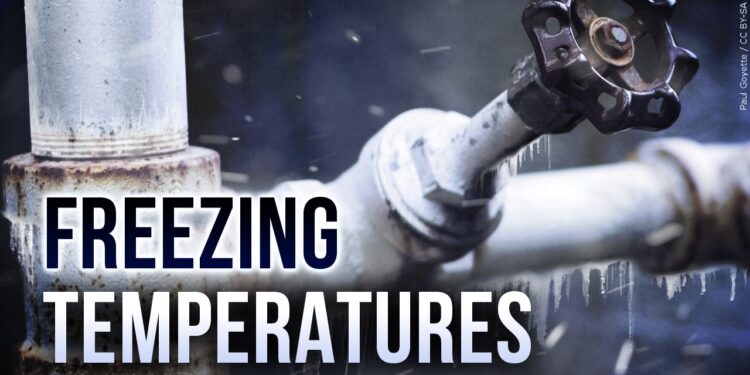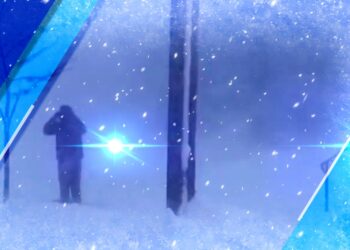BECKLEY, WV (LOOTPRESS) ― As temperatures plunge this week following the winter storm, AAA Insurance is encouraging homeowners to take preventative measures to protect against the costly damage caused by burst pipes.
“This week’s severe winter weather can raise havoc not just for roadways, but with homes as well,” said Lori Weaver Hawkins, public affairs manager, AAA Blue Grass. “Knowing how to protect your plumbing, what to do when your pipes burst and how to process your insurance claim are key to weathering the arctic cold’s potential impacts on your home.”
Both plastic and copper pipes are at risk of freezing due to sudden temperature drops, poor insulation or incorrect thermostat settings. A crack as small as 1/8-inch can spew up to 250 gallons of water per day, causing flooding, serious structural damage and the potential for mold.
AAA Tips for Preventing Frozen Pipes
- Make sure everyone in your family knows where the water shut-off valve is and how it works.
- Insulate pipes in your home’s crawl spaces and attic.
- Seal gaps around pipes that allow cold air inside. You also should look for air leaks around electrical wiring, clothes dryer vents and pipes. Use caulk or insulation to keep the cold out.
- Disconnect garden hoses. If possible, use an indoor valve to shut off and drain water from pipes leading to outside faucets. This reduces the chance that pipes inside the house will freeze.
- If severe cold is in the forecast, consider allowing warm water to drip slightly overnight, preferably from a faucet on an outside wall. Even a slight trickle may keep your pipes from freezing.
- When there is the possibility of a freeze, don’t turn down the thermostat at bedtime. Instead, maintain the same setting day and night. Drops in temperature, which are more common overnight, could freeze your pipes.
- Open cabinet doors. This will allow heat to reach uninsulated pipes located under sinks.
- If you’re going on vacation or leaving your home for an extended period of time, consider maintaining minimal heat to prevent freezing.
AAA Tips for Recovering from Frozen Pipes
- If you turn on your faucets and nothing comes out, your pipes are likely frozen.
- You may be able to use a hair dryer to thaw a frozen pipe. Begin by warming the section of pipe closest to the faucet, then work your way out toward the coldest part of the pipe.
- Never use a hair dryer or any electrical appliances in areas of standing water. You could be electrocuted.
- Never try to thaw a pipe with a torch or other open flame. It could cause a fire.
AAA Tips for Burst Pipes
- If your pipes burst, first turn off the main water valve and then clean up water. You don’t want the water to do more damage than it already has.
- Call your insurance company claims department as soon as you can. An insurance adjuster does not need to see the spill before you take action. However, he or she will want to inspect any damaged items.
- Make temporary repairs and take other steps to protect your property from further damage. Remove any carpet or furniture that can be further damaged from seepage.
AAA Tips on Managing Your Home Insurance Claims
- Make a list of the damaged articles and take photos.
- Check with your agent or insurance company so you’ll be sure what your policy covers.
- Save the receipts for what you spend—including additional living expenses if you must leave your home until repairs are completed—and submit them to your insurance company for reimbursement.
- Standard homeowner policies will cover most of the kinds of damage that result from a freeze. For example, most policies will cover damage that results if house pipes freeze and burst or if ice forms in gutters and causes water to back up under roof shingles and seep into the house. You would also be covered if the weight of snow or ice damages your house.
- If your home sustains water damage, it is important to make sure it is properly dried and repaired to prevent any potential problem with mold. Remember, mold cannot survive without moisture.










